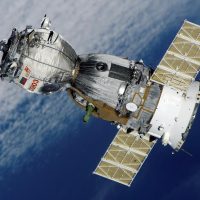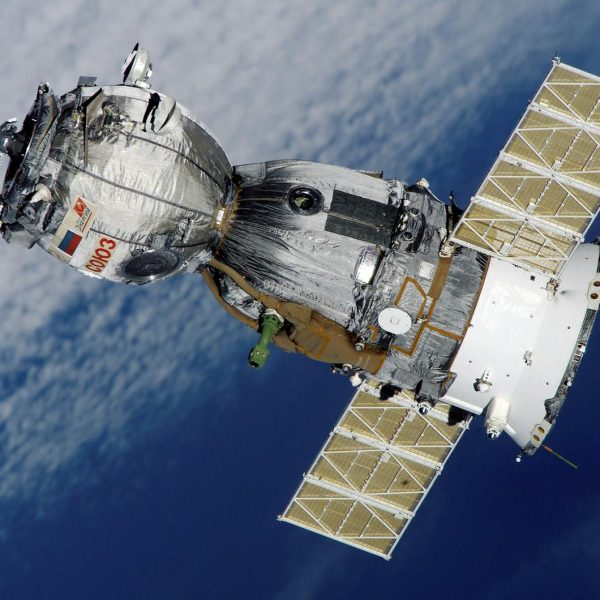- Last modified: March 22, 2024

Climate Insider Brief:
- The Canadian government has allocated over $515 million through the Canada Foundation for Innovation to support groundbreaking projects at 32 research institutions nationwide.
- A collaboration between the University of Saskatchewan, the University of Toronto, and the Canadian Space Agency aims to develop state-of-the-art optical instruments for low Earth-orbiting satellites.
- With $17 million in funding, this mission seeks to revolutionise climate science by providing unprecedented three-dimensional measurements of water vapour, clouds, and aerosols, promising significant advancements in weather prediction and climate modelling.
PRESS RELEASE – March 21, 2024 – The federal government has announced more than $515 million in funding for groundbreaking projects at 32 research institutions across the country through the Canada Foundation for Innovation (CFI). The projects vary in focus; this year’s recipients are exploring everything from medical imaging equipment for Type 2 diabetes to coastal erosion in P.E.I. to medications that can manage opioid-use disorder.
While all of the researchers have lofty ambitions, a team from the University of Saskatchewan may be aiming the highest — literally. In collaboration with the University of Toronto and the Canadian Space Agency, the USask crew will be working on the High-altitude aerosols, Water vapour and Clouds (HWAC) mission, which may help Canada gain ground in the modern-day space race. Propelled by $17 million in CFI funding, the mission is to develop, basically, “fancy cameras on low Earth-orbiting satellites,” says Adam Bourassa, a professor in USask’s department of physics and engineering physics. The optical instruments will be part of a bigger constellation of NASA-affiliated satellites launching between 2028 and 2030.
As Bourassa explains, these devices will contain sensors that can measure water vapour, clouds and aerosols simultaneously and in three dimensions — something that has never been done before. This advancement holds promise for climate science, he notes, because obtaining accurate readings of these variables allows researchers to develop better models for predicting and assessing extreme weather and other climate-related events, which in turn shapes and improves policy.
The CFI funding will support the collaboration between Bourassa and his colleagues and scientists at the Canadian Space Agency. By working together, he says, the teams will “build the most awesome optical sensors and algorithms that we can fit together, like pieces of a puzzle.”
Whale Seeker teams up with World Wildlife Fund
Montreal-based Whale Seeker, which uses AI to drive marine mammal monitoring efforts, has announced a partnership with the World Wildlife Fund to observe migrating whales in the Arctic from space. Migration is an important time for whales — it’s when they find food and mates and reproduce. But those journeys can be perilous. They often encounter obstacles such as shipping vessels and other boats, which cause disturbances and increase the risks of collisions and underwater noise pollution. By using satellites to observe whales, researchers can obtain a bigger picture of their patterns in context and without interference. The collaboration will provide valuable data for conservation efforts and scientific studies.
Area X.O gets NATO OK for strategic testing
Area X.O, the Ottawa R&D complex designed to support next-gen tech development and facilitate all-weather experimentation, has been tapped by NATO to test new defence innovations. This initiative will enable Area X.O as well as its clients and partners to work with NATO-endorsed innovators and firms, bolstering Canada’s profile in this sector.
Stricter environmental rules for Canadian companies
The Canadian Sustainability Standards Board has released new guidelines on climate-risk reporting for businesses. More rigorous than similar SEC rules for American companies, the board standards are in line with those of international counterparts. Among the updates: Canadian firms are compelled to disclose Scope 3 assessments, which include the greenhouse gas emissions produced throughout their supply chains. The hope is that this will encourage companies to demand better standards from subcontractors while cleaning up their own acts.
By the numbers:
$2.2 million: The amount raised by Noa Therapeutics in pre-seed fundraising. The Toronto-based biotech startup uses a computer-assisted drug discovery engine to find new treatments for immune diseases.
Eight: The number of high-school students representing Canada at the 2024 Regeneron International Science and Engineering Fair, a global youth STEM competition. Participants present their projects and vie for more than $9 million in awards, prizes and scholarships.
1000: The factor by which Coastal Carbon estimates its capacity for ocean monitoring and data collection will increase thanks to the support of the 2023 Compute for Climate Fellowship. The Canadian company was one of only four fellows selected to participate in this year’s program.
$45 million: The amount raised by health-imaging exchange platform PocketHealth in Series B funding.
Rebecca Gao writes about technology for MaRS. Torstar, the parent company of the Toronto Star, has partnered with MaRS to highlight innovation in Canadian companies.
SOURCE: Toronto Star
Featured Image: Pexels






